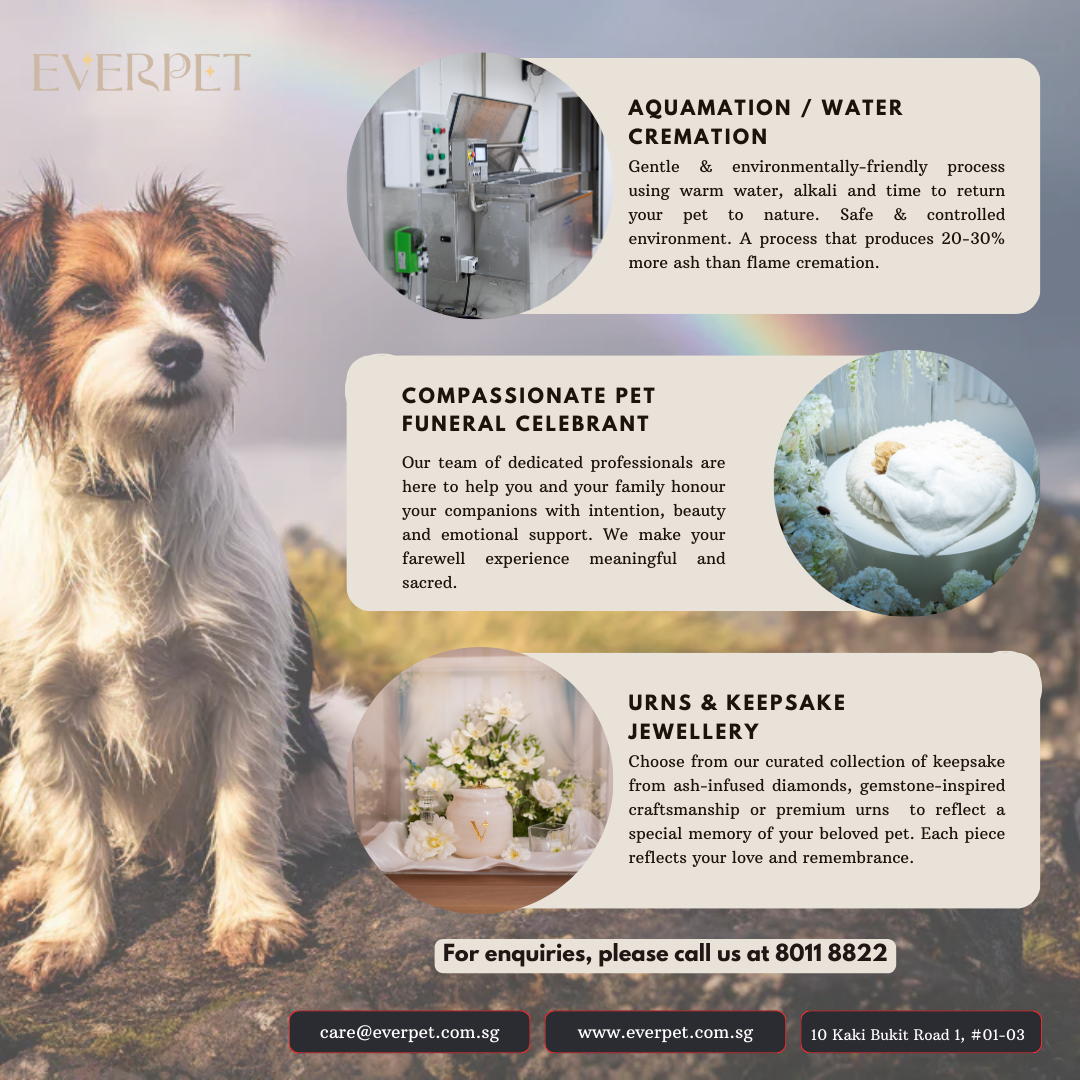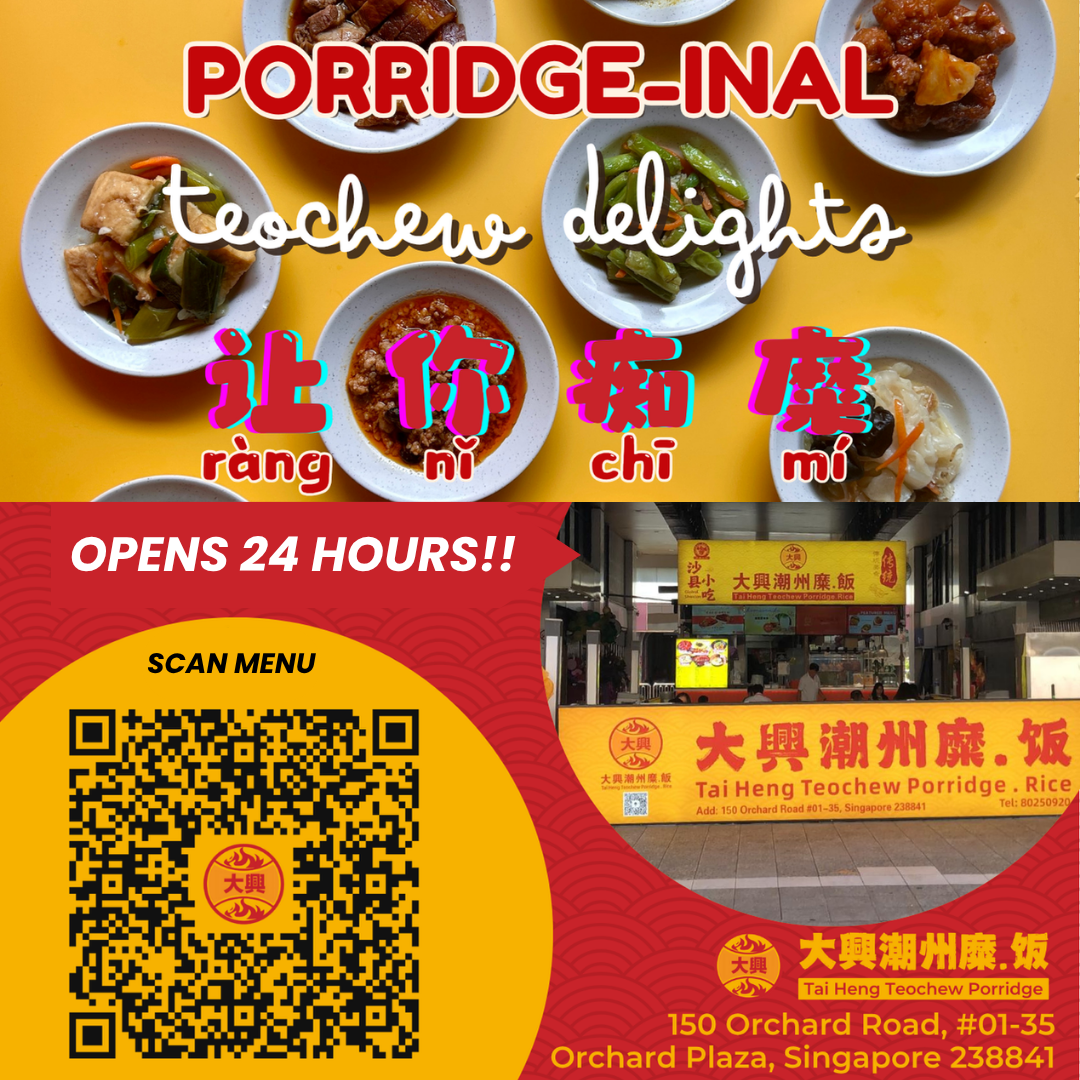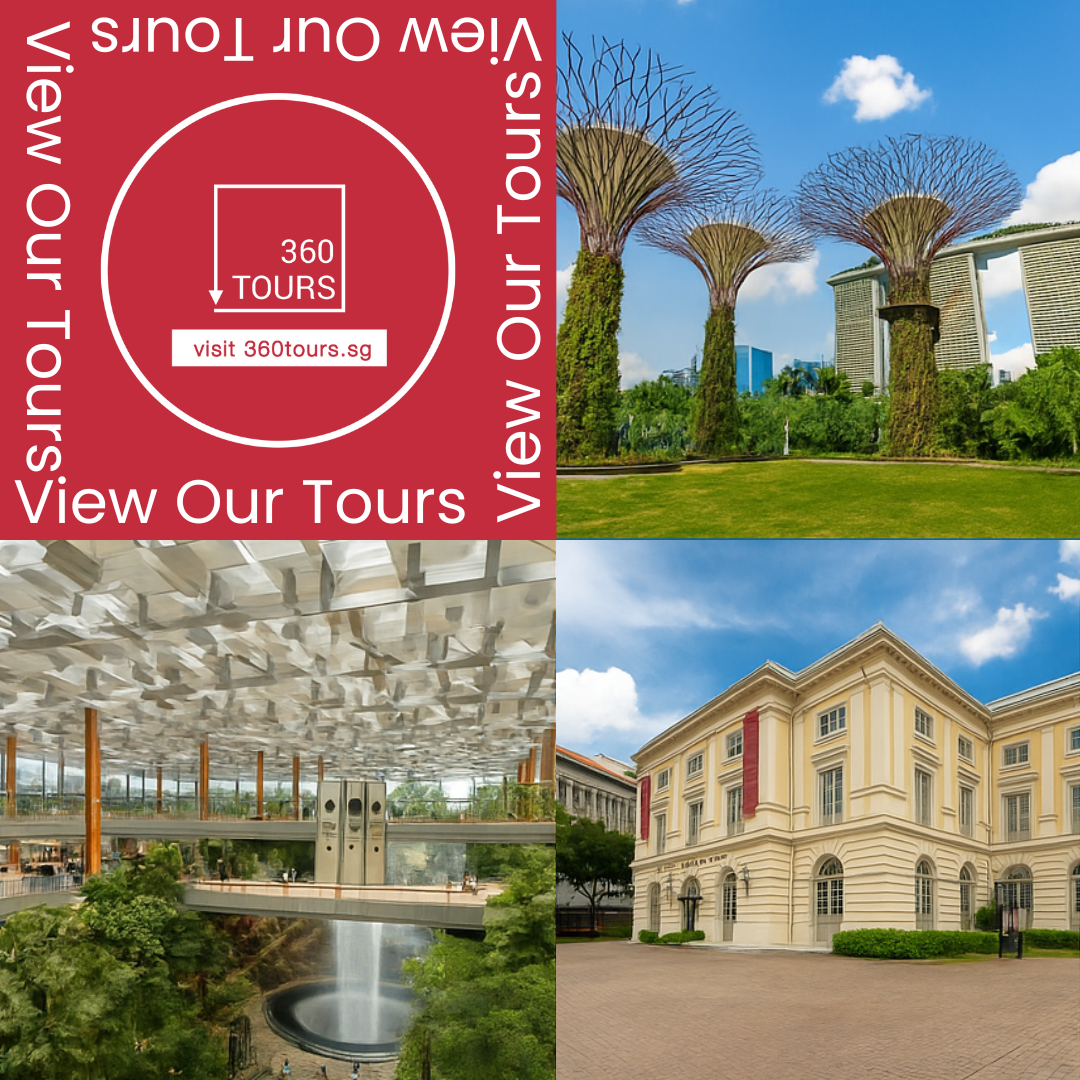Day three of the Amazing Thailand Media Educational Trip saw us bidding adieu to Bangkok and heading towards the coastal city of Hua Hin. The approximately 4-hour drive was filled with anticipation for the new experiences that awaited us.
A Gastronomic Stopover at Ko Mark
Our journey was made even more delightful with a stopover at Ko Mark for lunch. This restaurant is a haven for those seeking authentic Thai flavors. The spread was vast, offering a wide variety of dishes that showcased the rich and diverse culinary heritage of Thailand. It was a true feast for the senses and the perfect way to refuel before our next adventure.


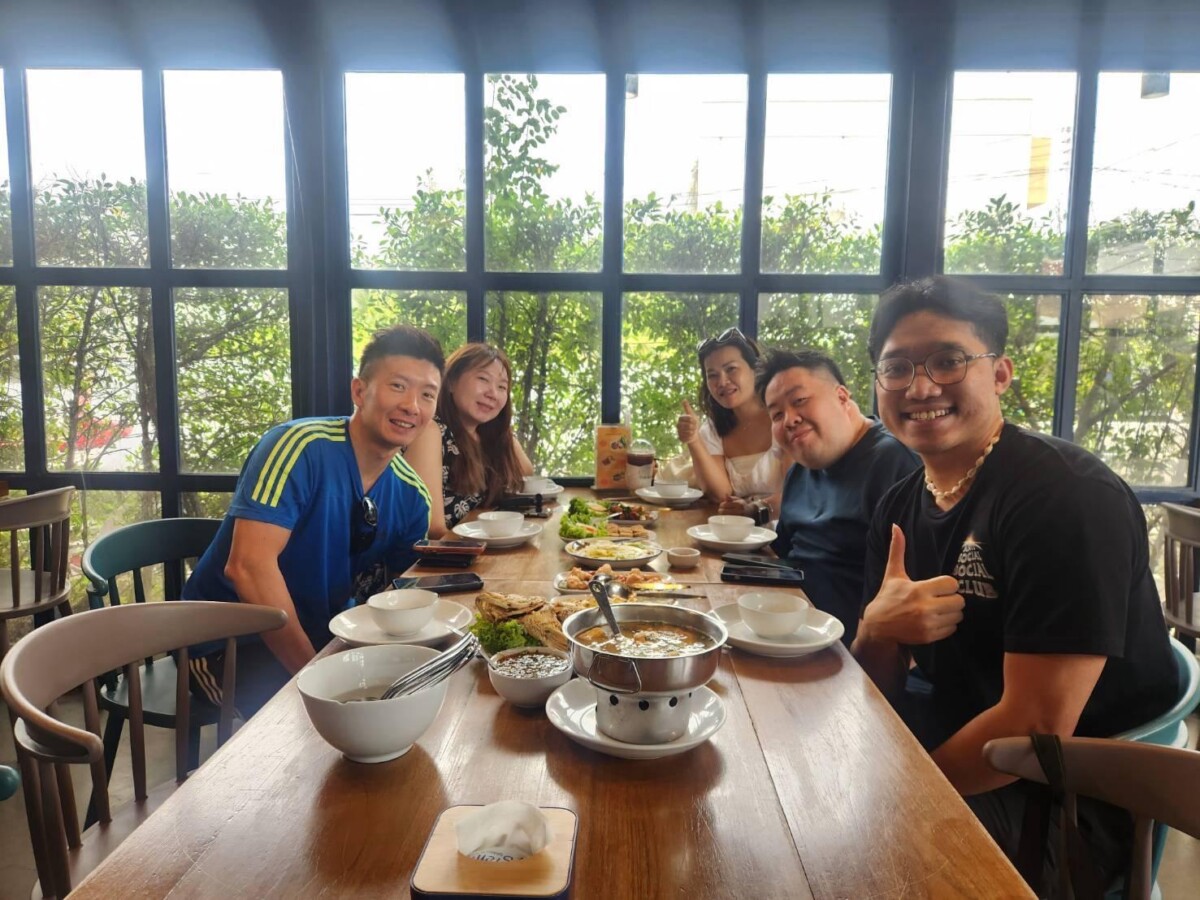
Immersing Ourselves in the Art of Fabric Design at Khomapastr
Post-lunch, we arrived at Khomapastr, a renowned fabric design shop and factory. Khomapastr is a notable destination in Hua Hin, celebrated for its exquisite Thai fabrics and traditional dyeing techniques.
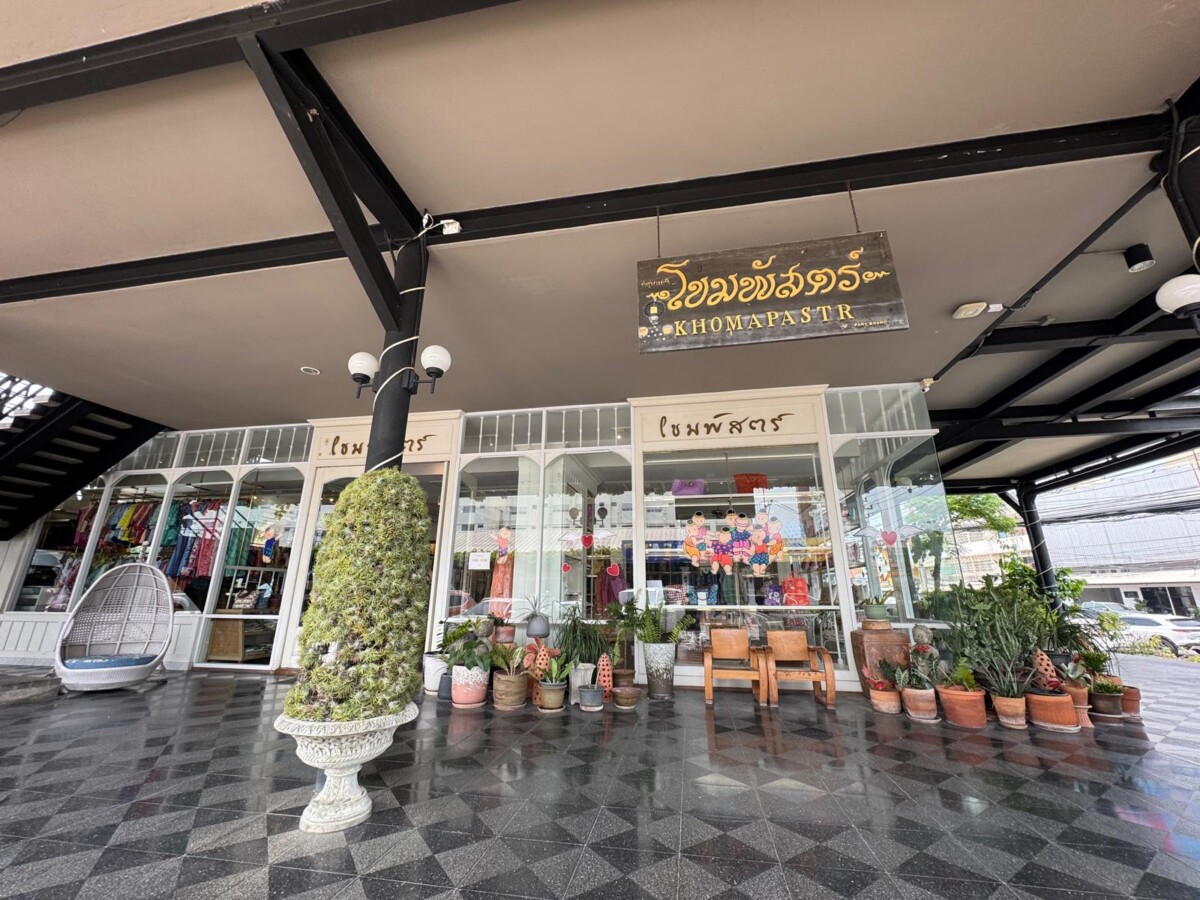
Khomapastr’s history began in the 1940s, founded by His Royal Highness Prince Bovoradej. The Prince was passionate about textiles and researched traditional Thai designs, developing screen-printing processes for cotton fabrics. With the help of his wife, Her Serene Highness Pajongchitr Kridakorn, who established a factory in Hua Hin, Khomapastr became known for its “Delicate fabrics”.

The early designs, inspired by the Bangkok National Museum, featured antique Thai styles on silk, including motifs from Thai children’s games and cultural symbols. Khomapastr is also recognised as one of the pioneers of silk screen printing in Thailand. Today, Khomapastr is run by the daughters of His Royal Highness Prince Bavoradej and continues to produce hand-made printed fabrics.
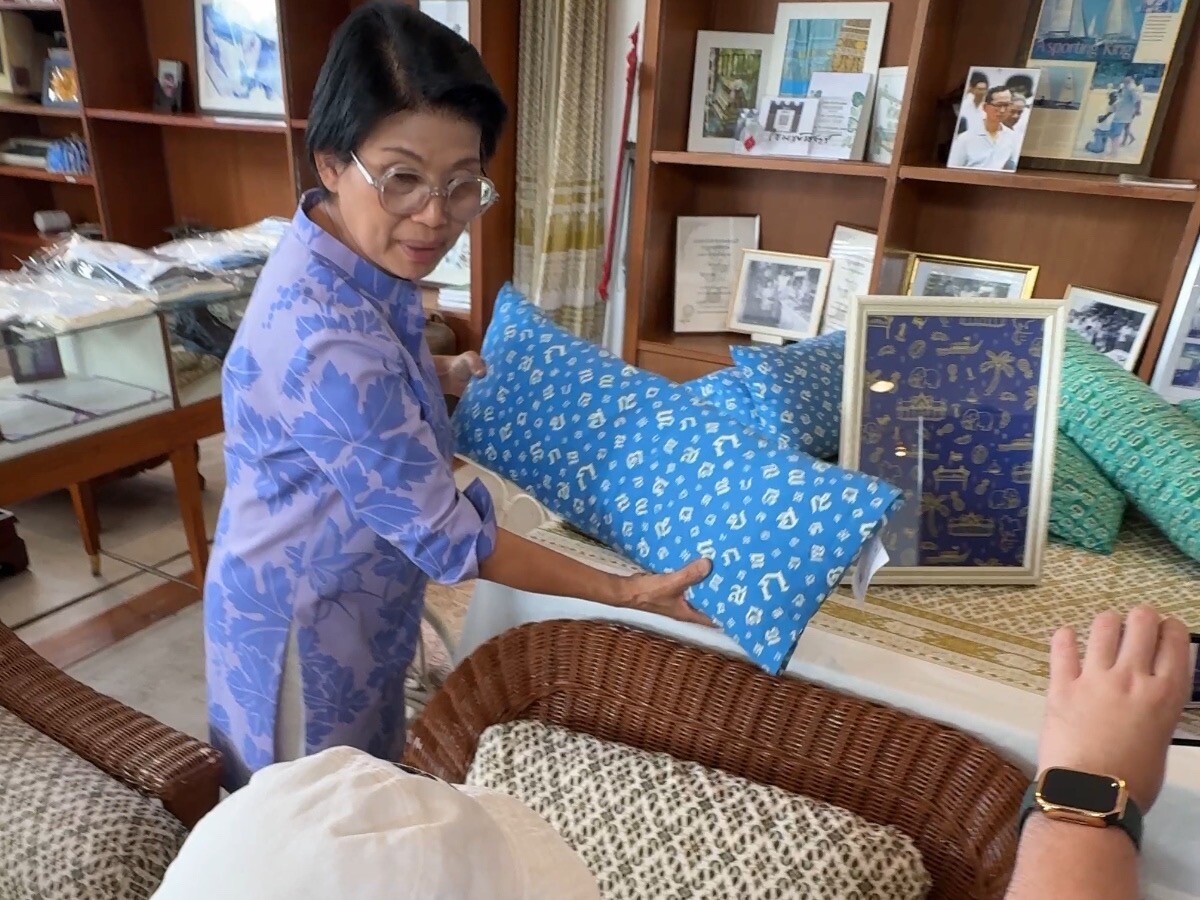
This establishment offers visitors a unique opportunity to witness the artistry behind fabric creation, from intricate design processes to the skilled craftsmanship involved in producing a wide array of textiles.
This wasn’t just a typical shop visit; it was an immersive experience into the world of Thai textiles. We were given a tour, where we learned about the intricate processes involved in creating these beautiful fabrics and the myriad of ways they are used – from clothing to home décor like pillowcases and scarves.

Hands-on T-shirt Printing
The highlight of our visit to Khomapastr was the opportunity to try our hand at traditional dye printing. With guidance from the factory staff, we got to create our unique T-shirts. The process involved choosing our preferred dye color, carefully distributing it on the mold, and then applying the color to the fabric with firm, even strokes. The result? A personalised T-shirt that felt and looked significantly more special than any mass-produced item you’d find at Chatuchak. The personal touch and the vibrant colors made each piece a wearable work of art.
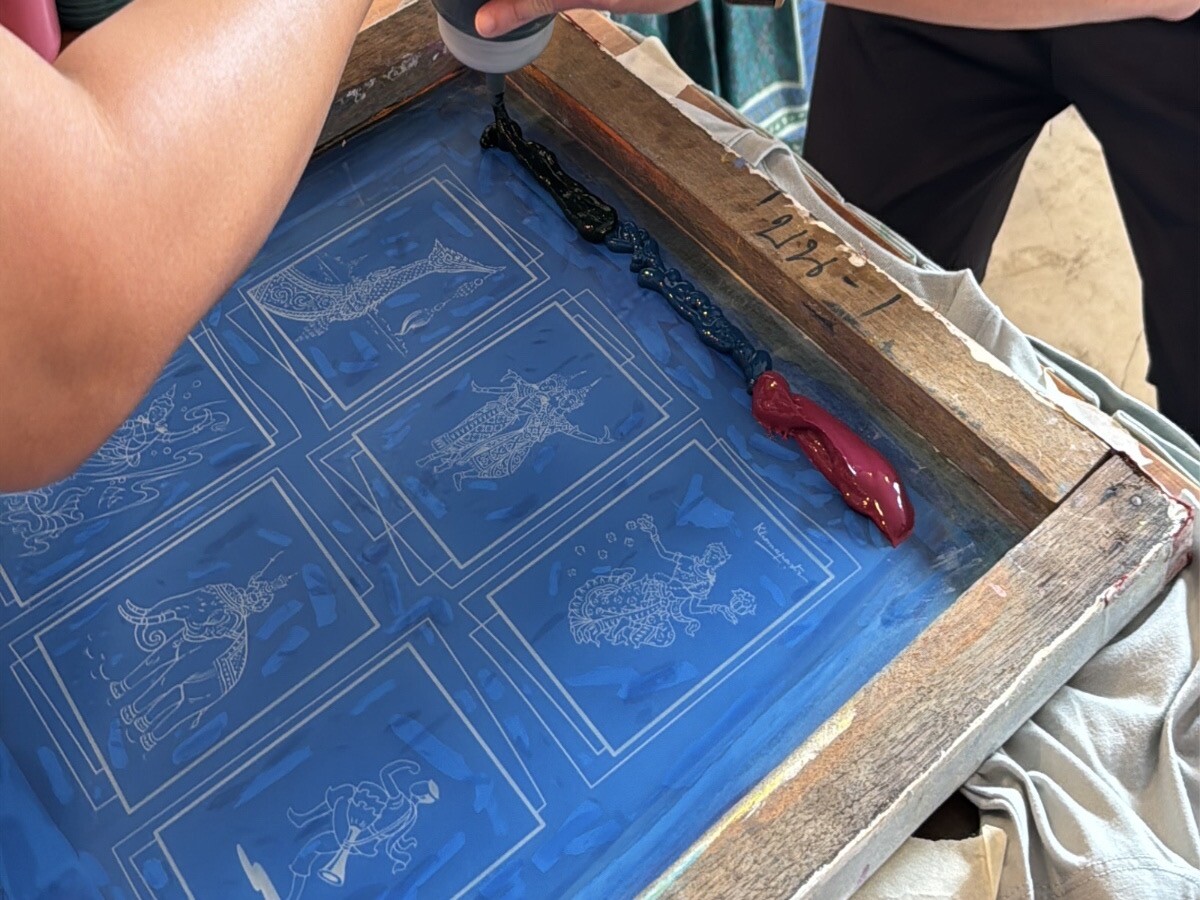
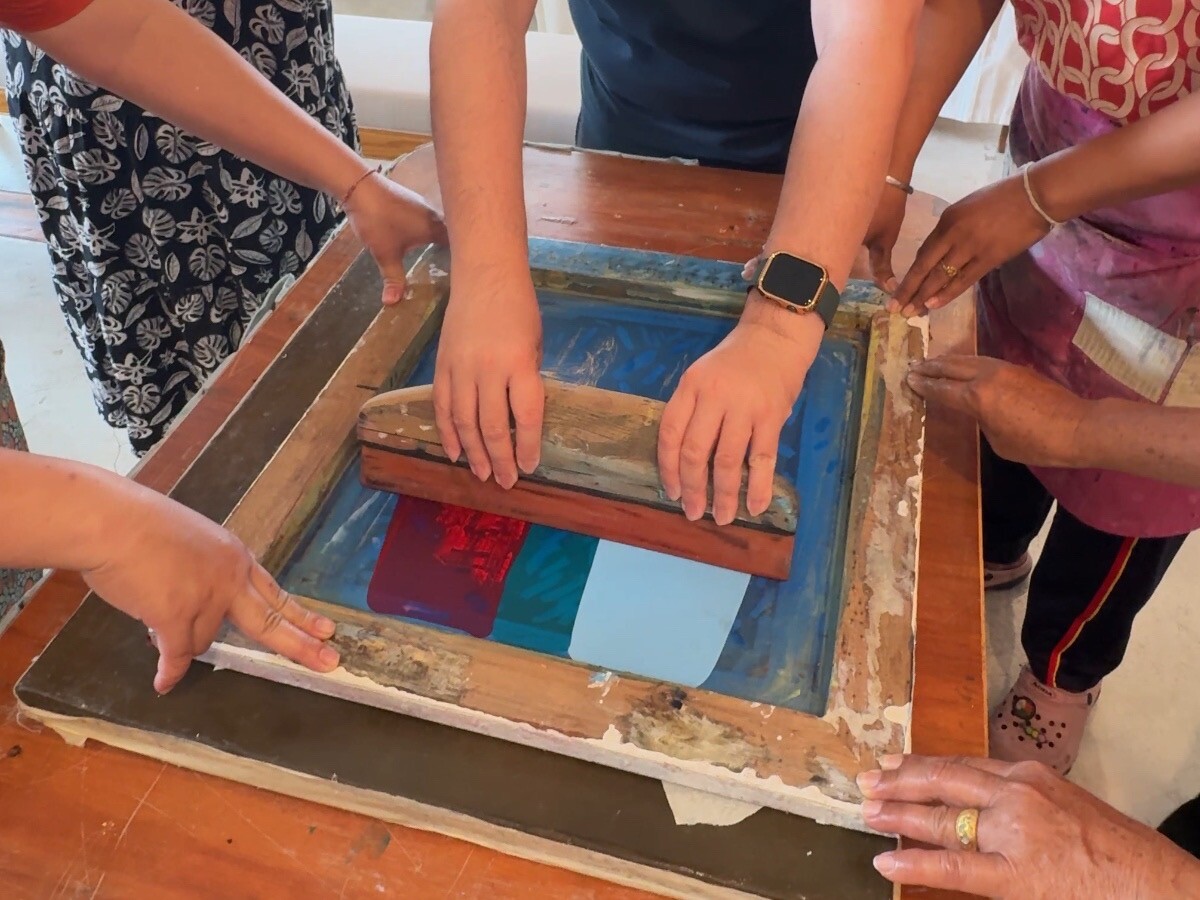
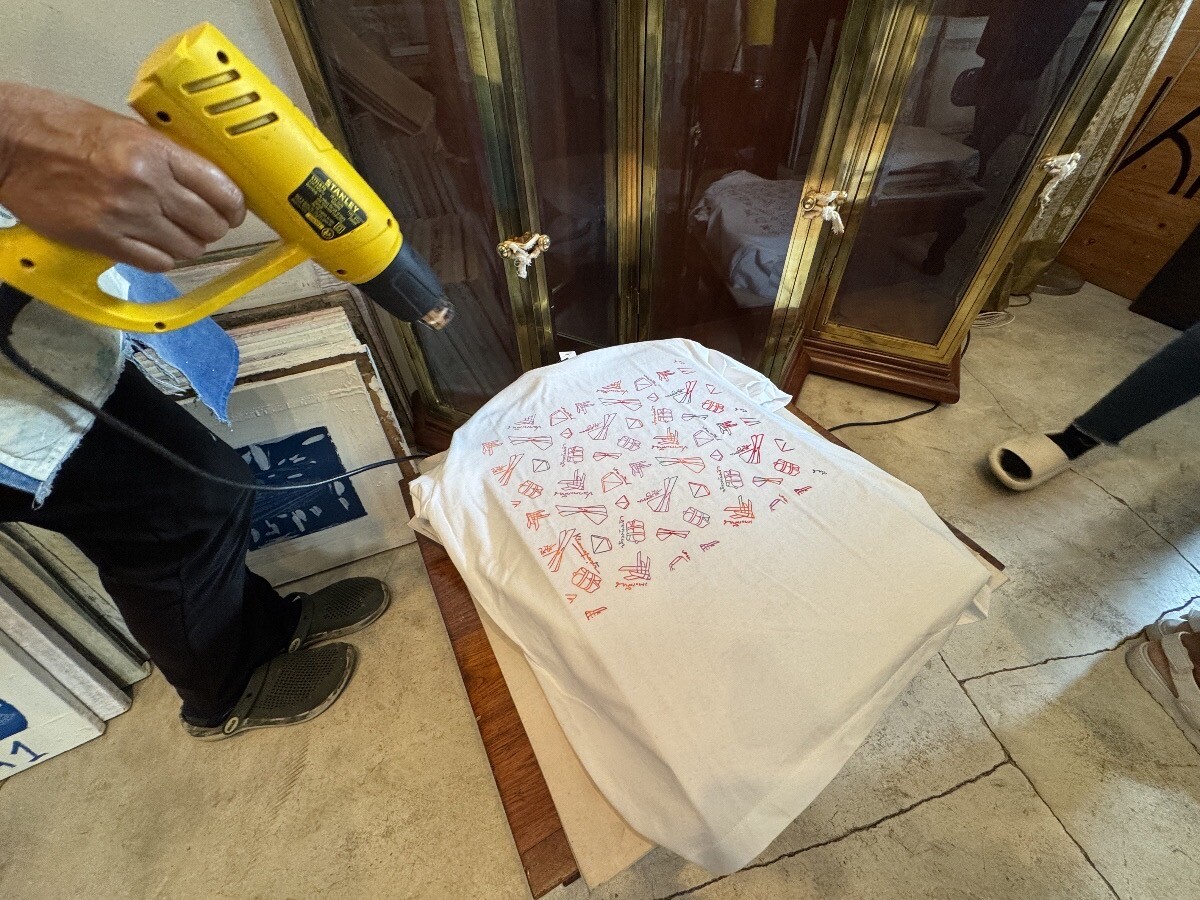
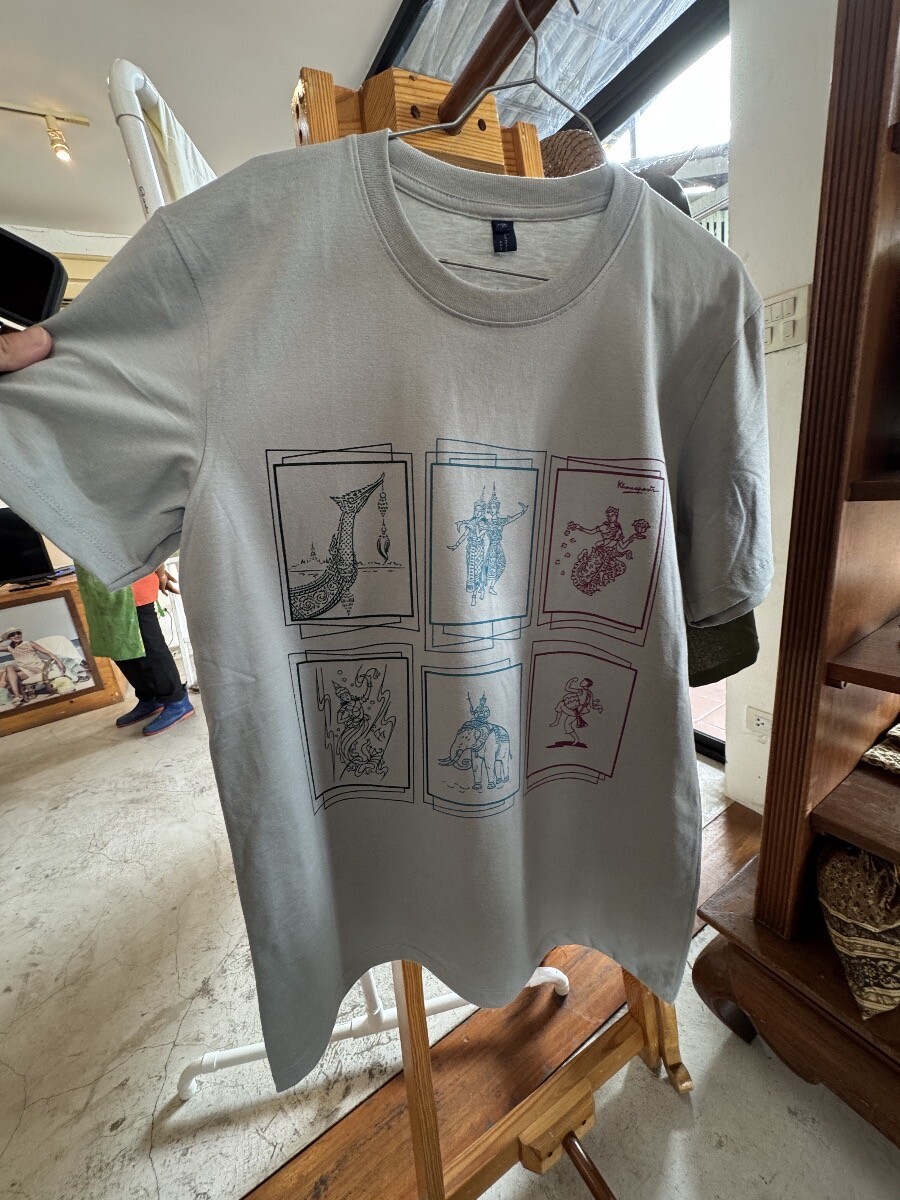
A Glimpse into Traditional Dyeing Techniques
Our tour of the Khomapastr factory also included a fascinating demonstration of how they dye larger pieces of fabric, several meters in length. It was incredible to watch the skilled workers using traditional tools, with two people working in perfect sync to spread the dye evenly across the fabric. The precision and artistry involved were truly impressive.
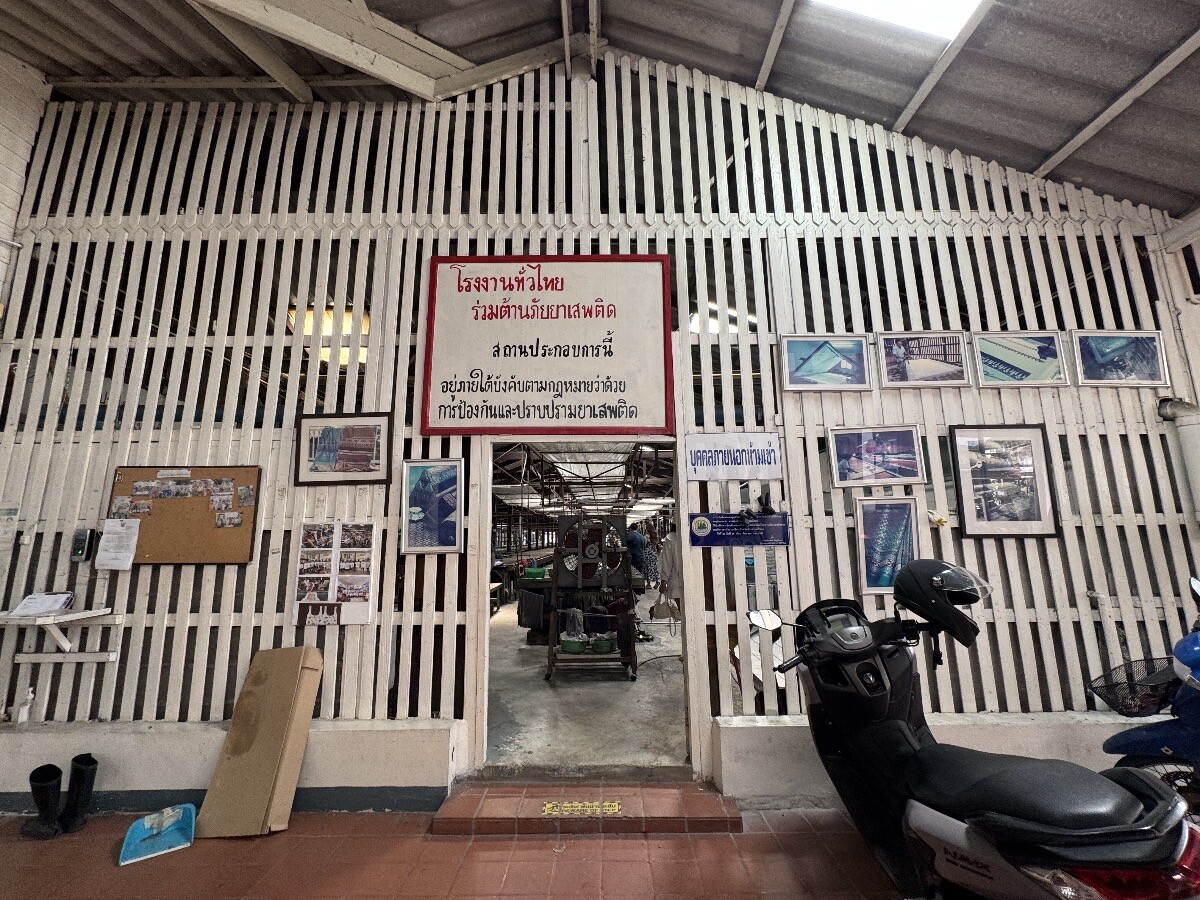
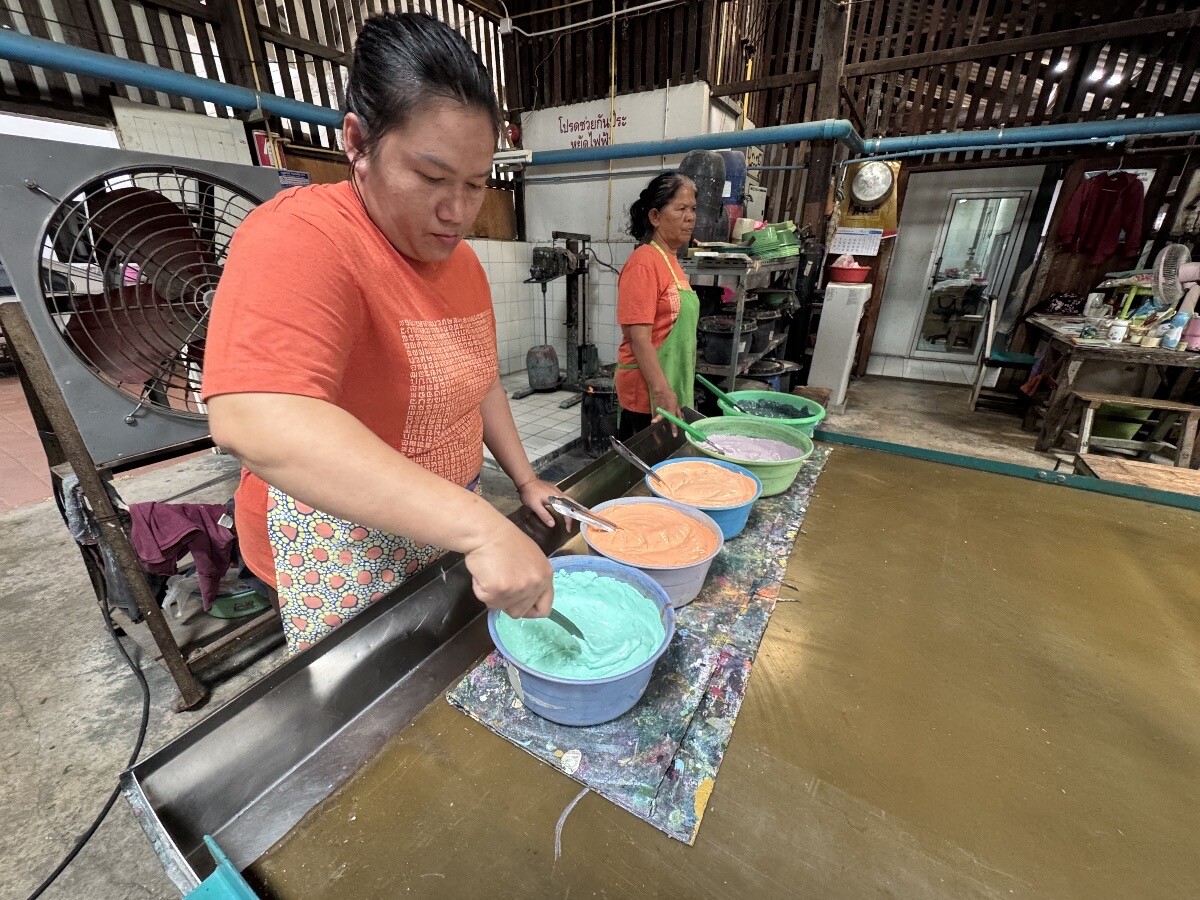
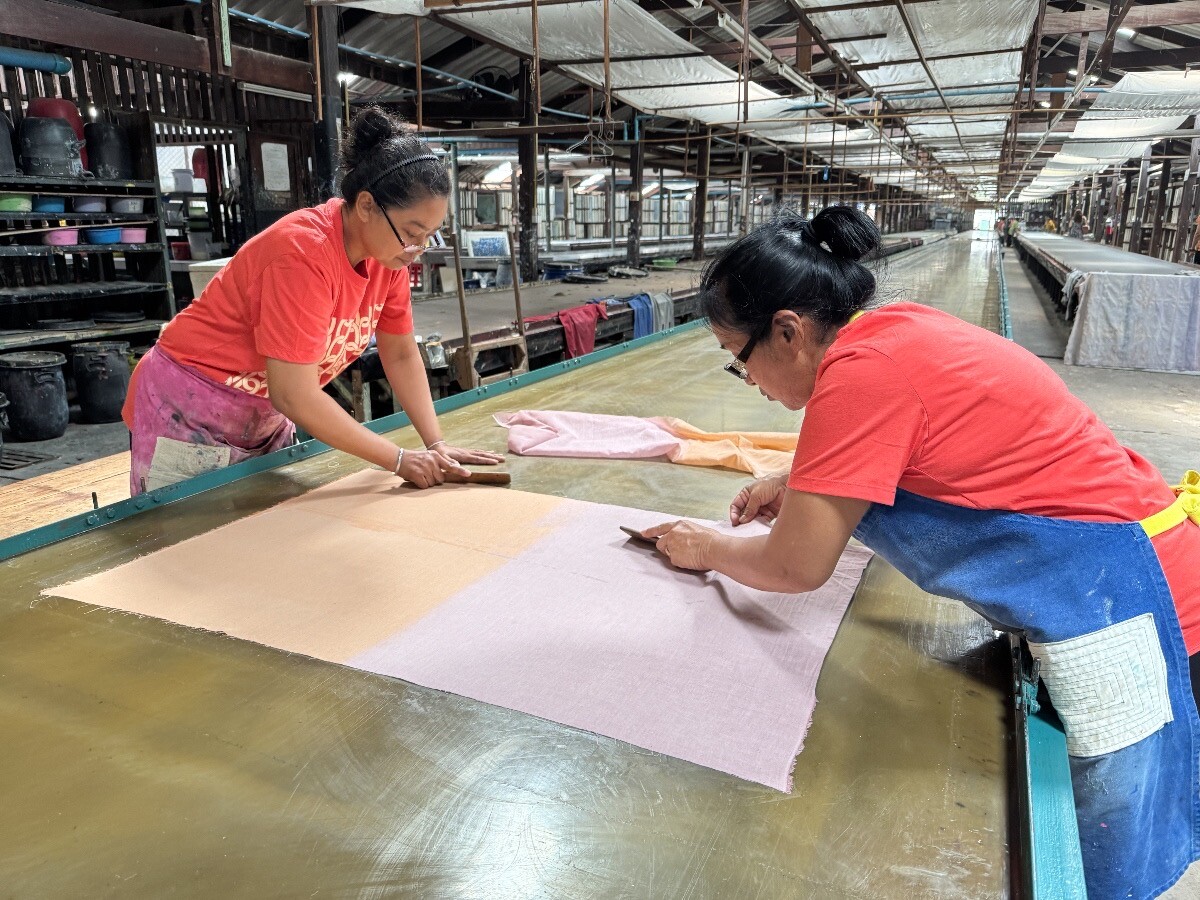

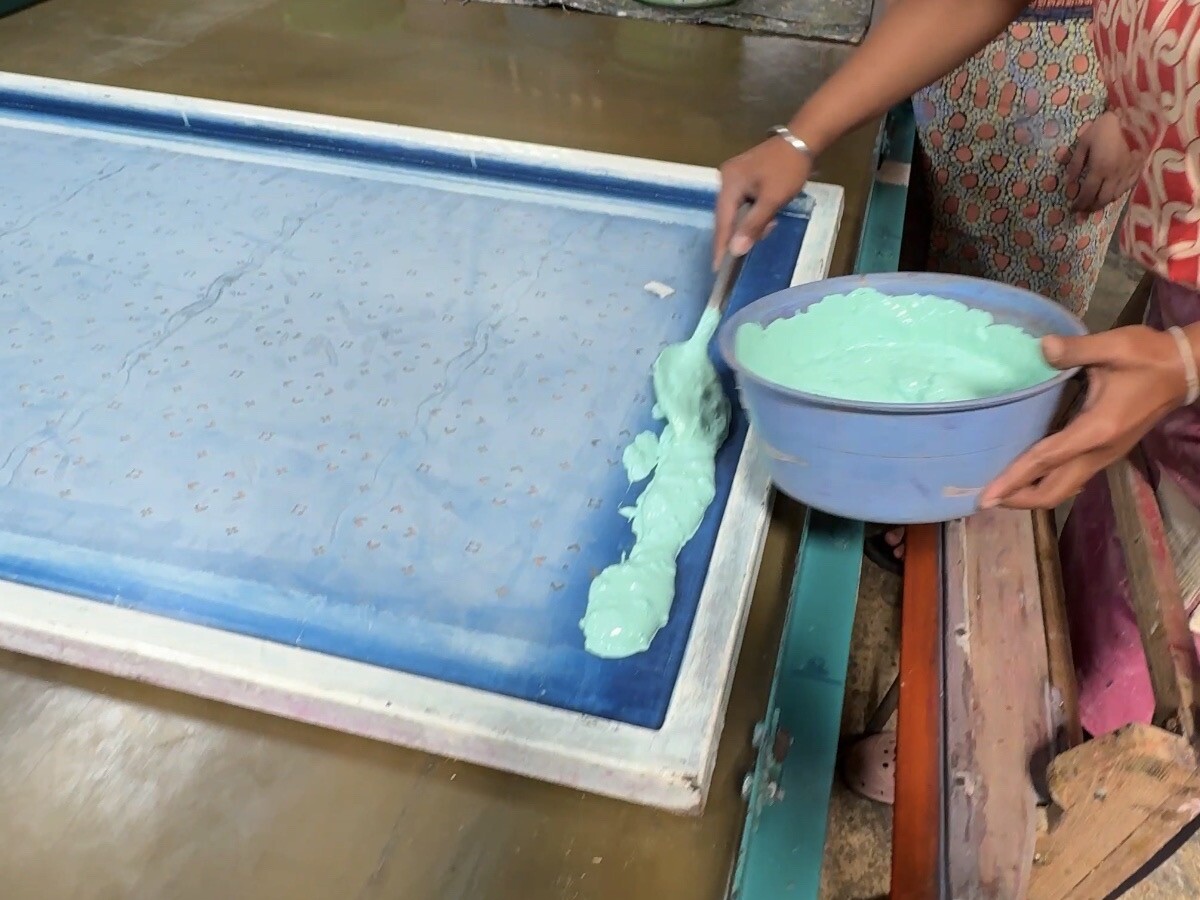
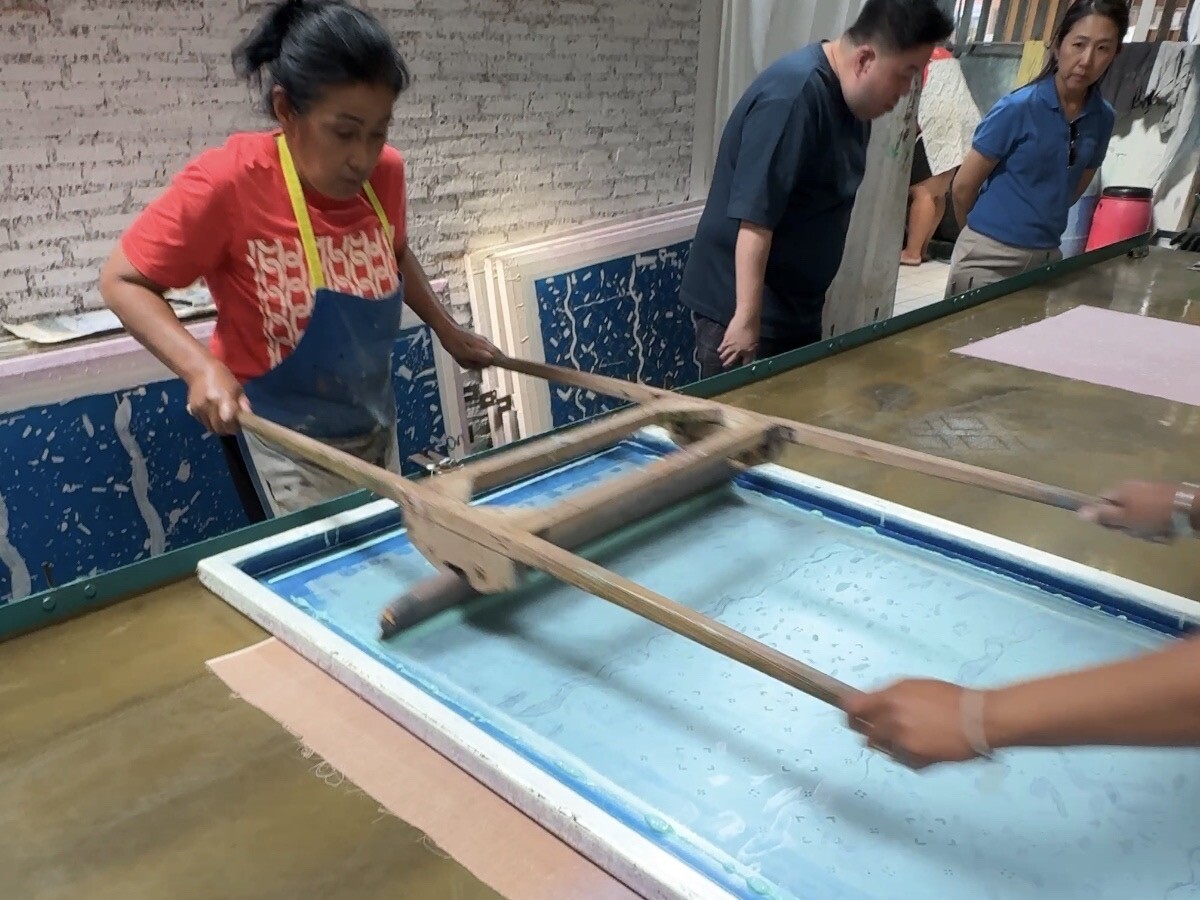
Monsoon Valley Vineyard
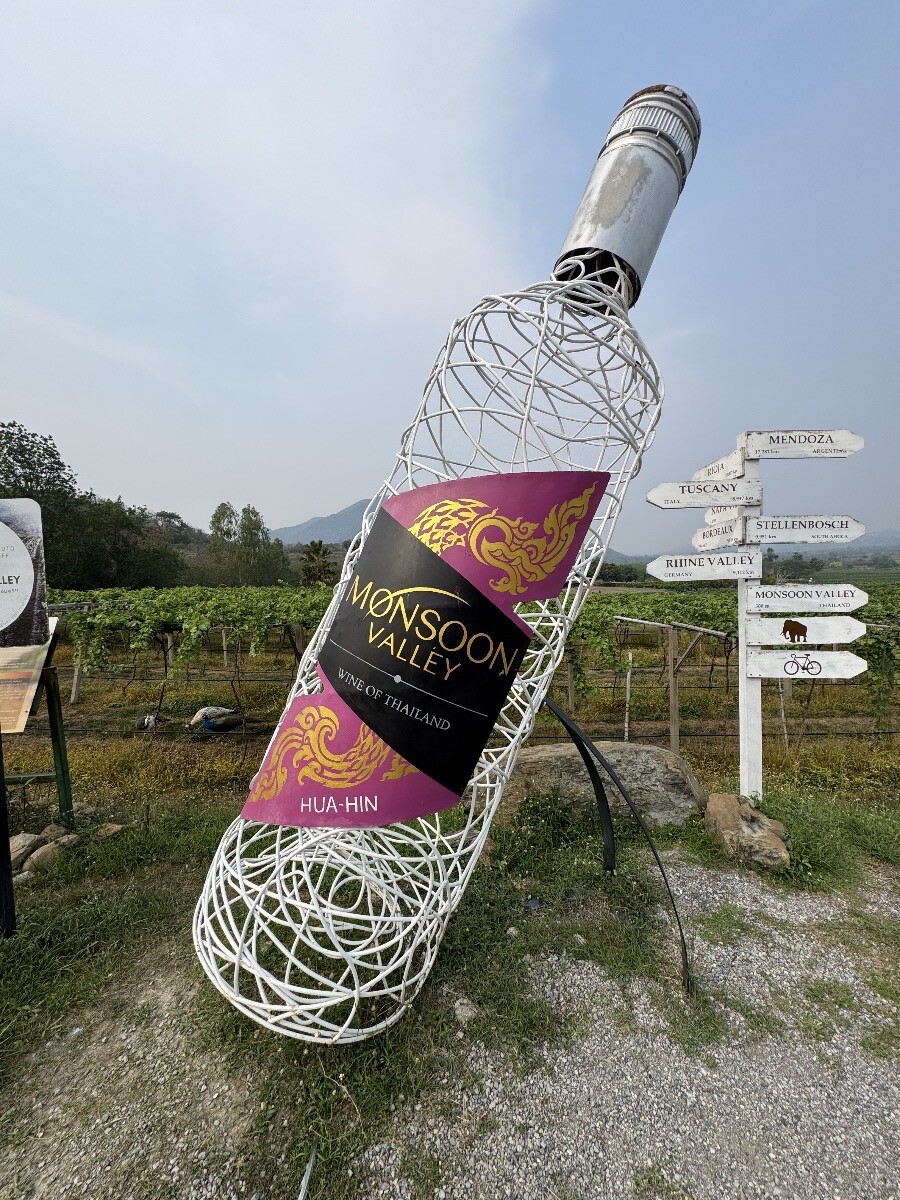
Next on our itinerary was a visit to Monsoon Valley, a sprawling vineyard. It was founded in 2001 by Chalerm Yoovidhya, with the vision of creating a Thai wine culture. The first vineyard was located in Khao Yai, a region known for grape growing. In 2002, Chalerm was invited to plant grapes at the Huay Sai Royal Research Project in Petchburi. The positive results from this project led to the search for a larger plot of land, which was found in Baan Khork Chang, Hua Hin. This became the location of the flagship vineyard.
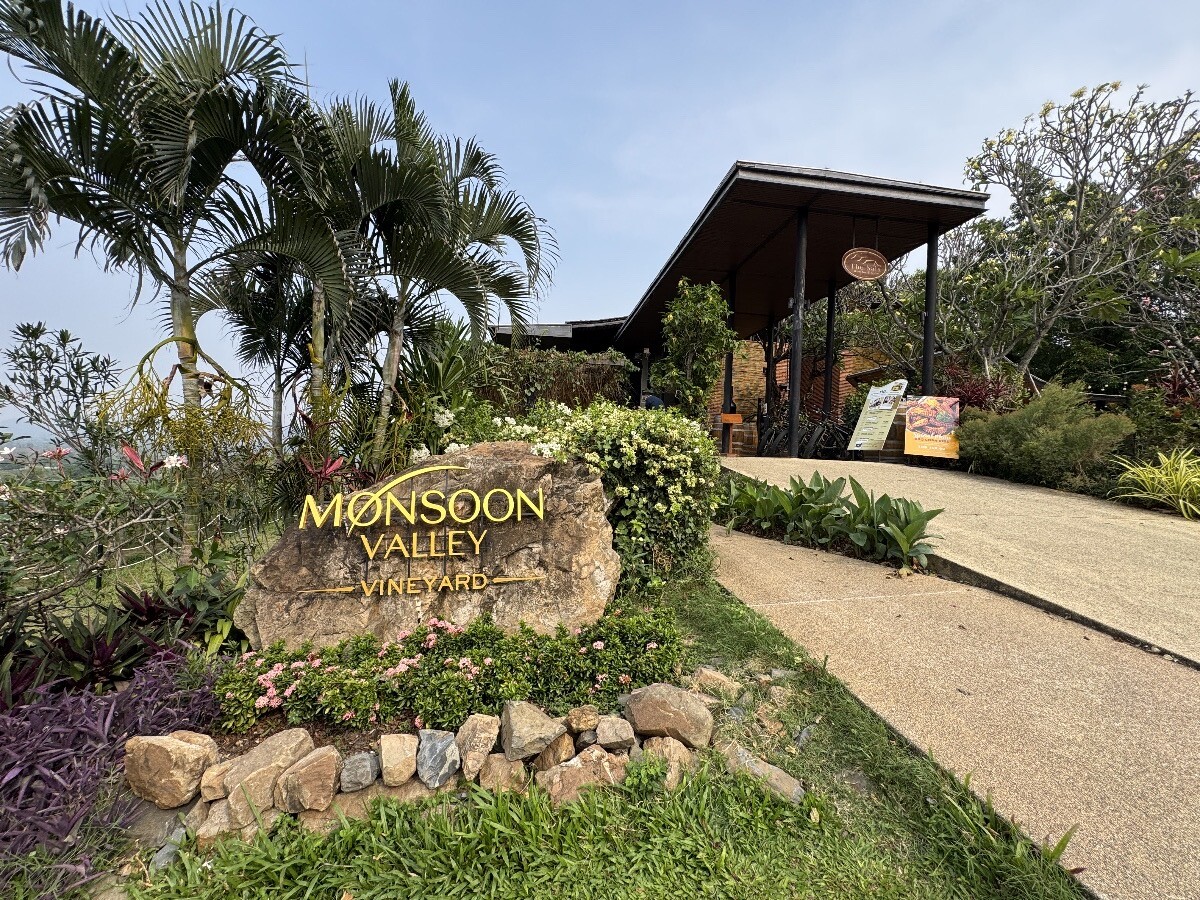
The Monsoon Valley vineyard in Hua Hin is approximately 110 hectares in size. We had to tour the grounds in a buggy.
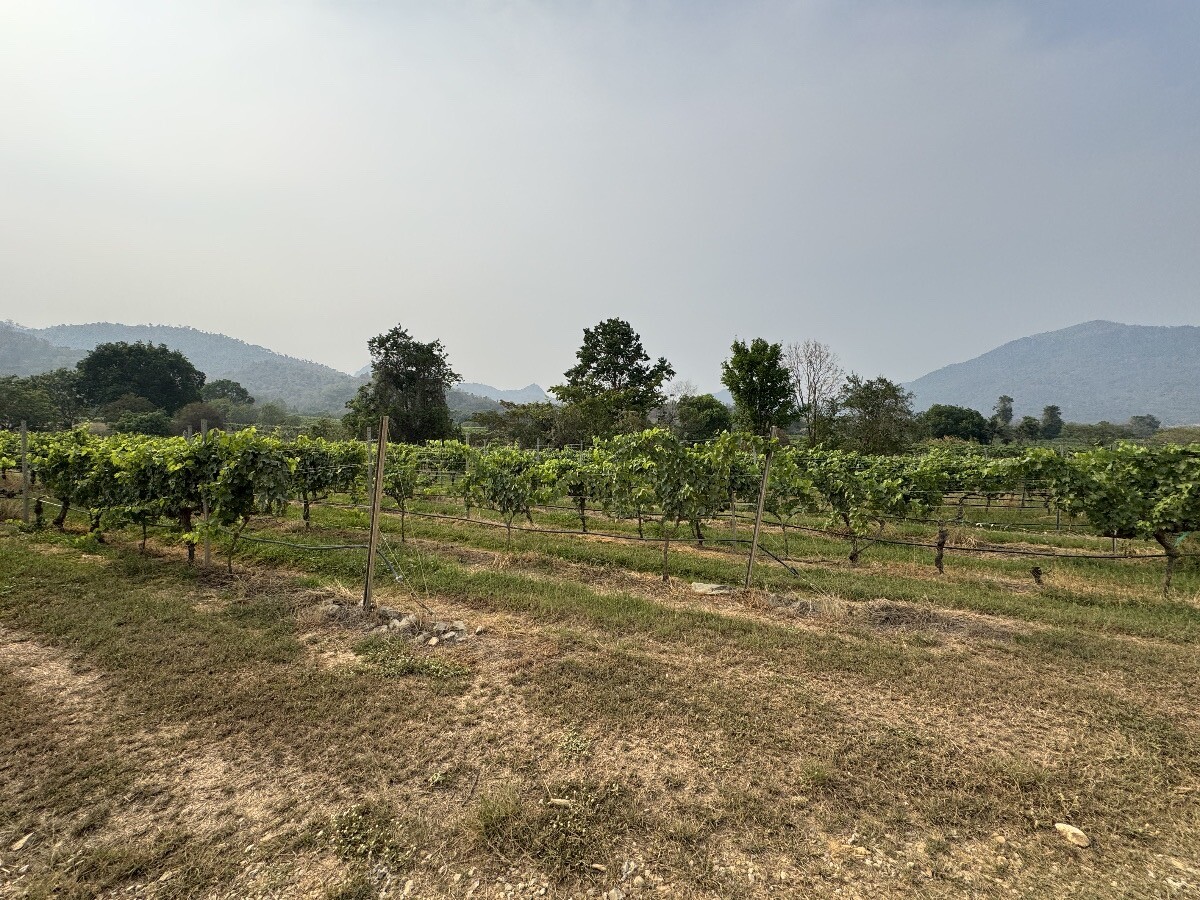
Monsoon Valley cultivates a variety of grapes, adapting to the unique tropical climate of Thailand. These include Shiraz, Colombard, Chenin Blanc, Dornfelder, and Sangiovese.
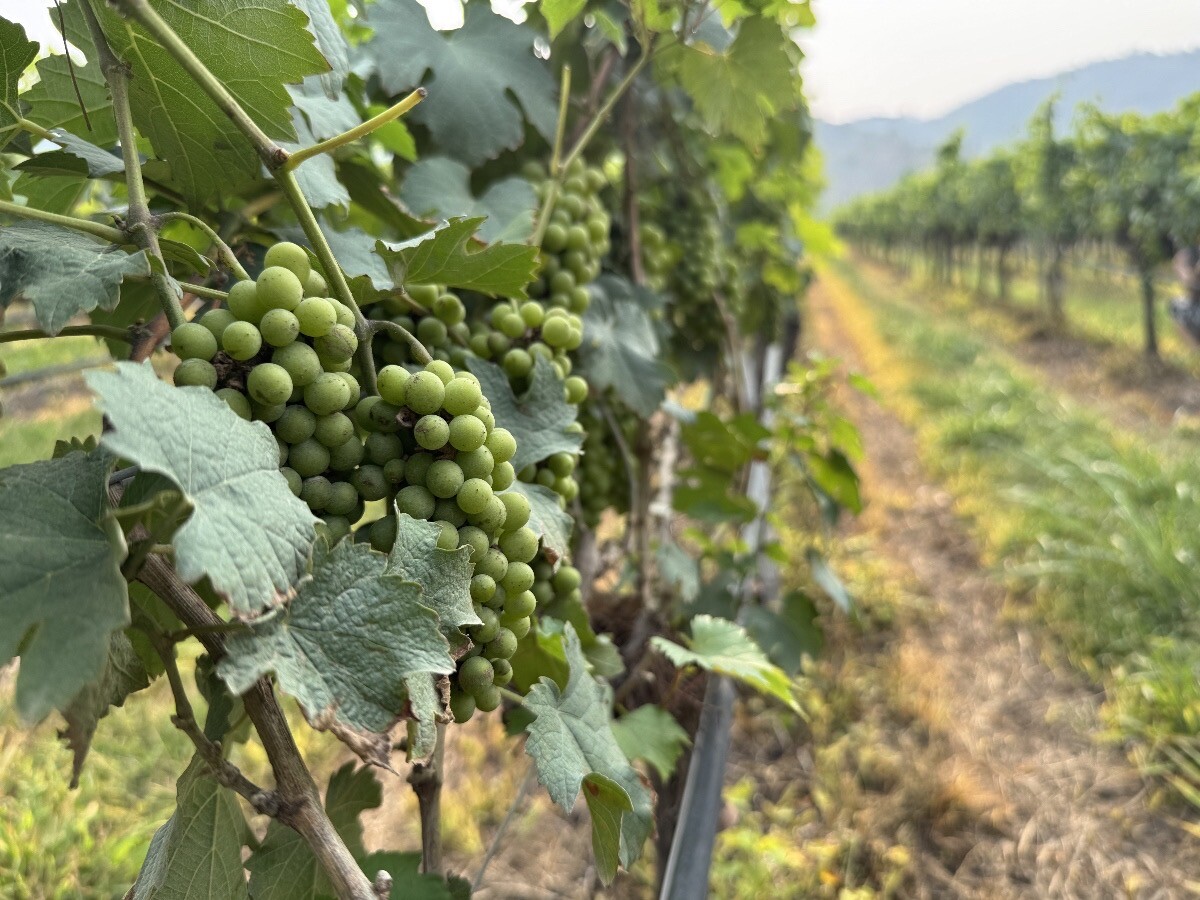
Monsoon Valley produces a range of wines, and they are known for award-winning wines. Some of the well-known wines come from the Monsoon Valley Premium and Signature Ranges. They have also produced award-winning sparkling wines, as well as the Cuvée de Siam wines. The Monsoon Valley white Shiraz has also received many awards.

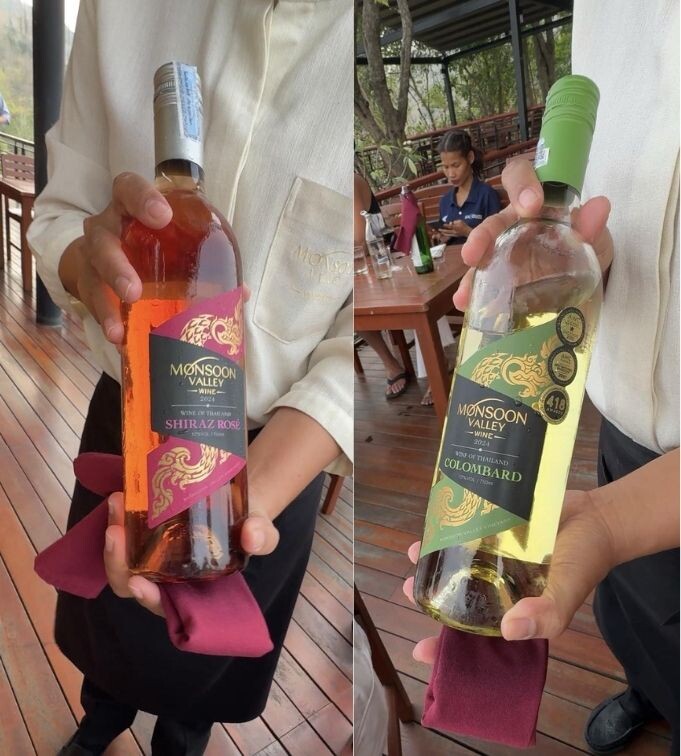
The name “Monsoon Valley” is derived from Thailand’s monsoon season, which is crucial for agriculture in the country. The vineyard’s label features the Naga, a symbol of fertility and prosperity associated with bringing the monsoon rains.
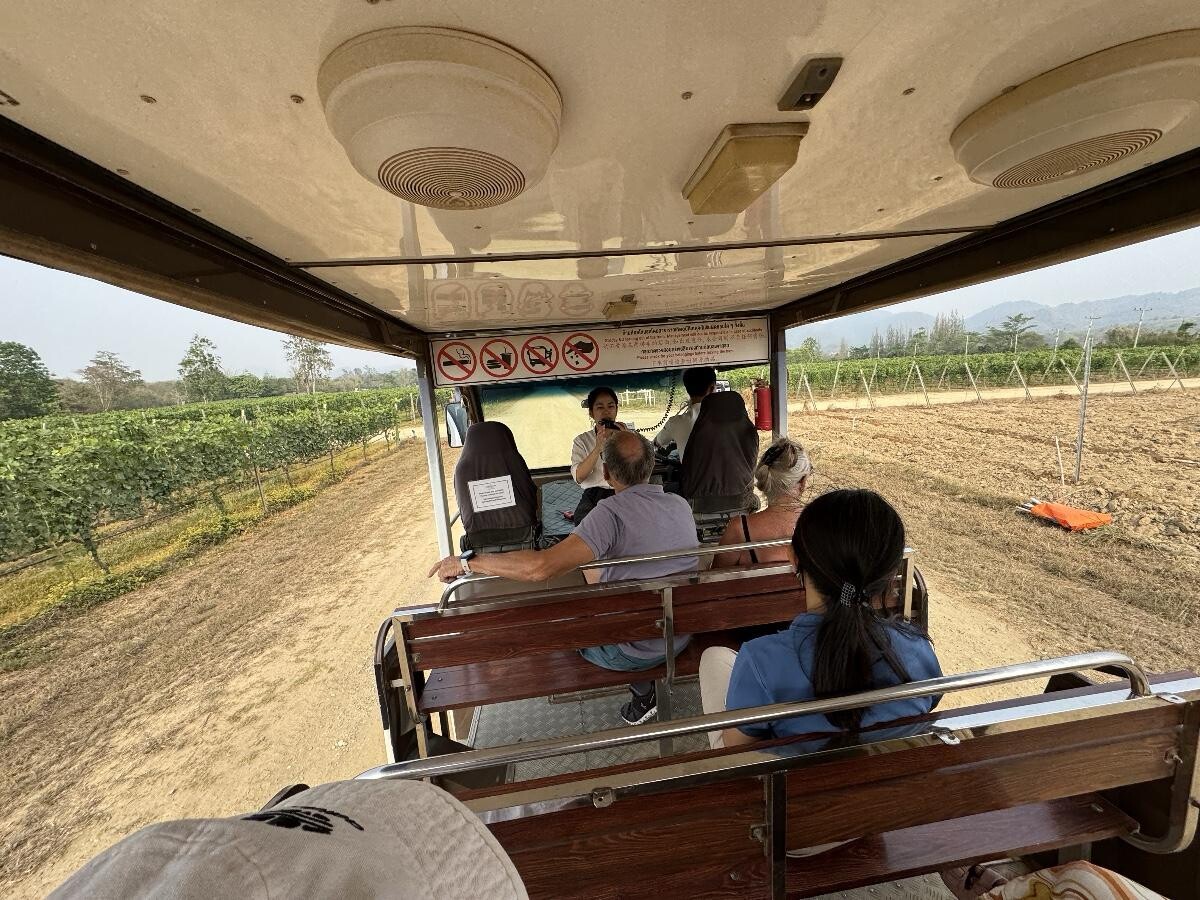
Ways to tour the vineyard
The vineyard was so vast that we toured the grounds in a buggy. During our tour, we saw peacocks strolling around the compound, adding to the tranquil atmosphere as we enjoyed the view of the extensive vineyard.
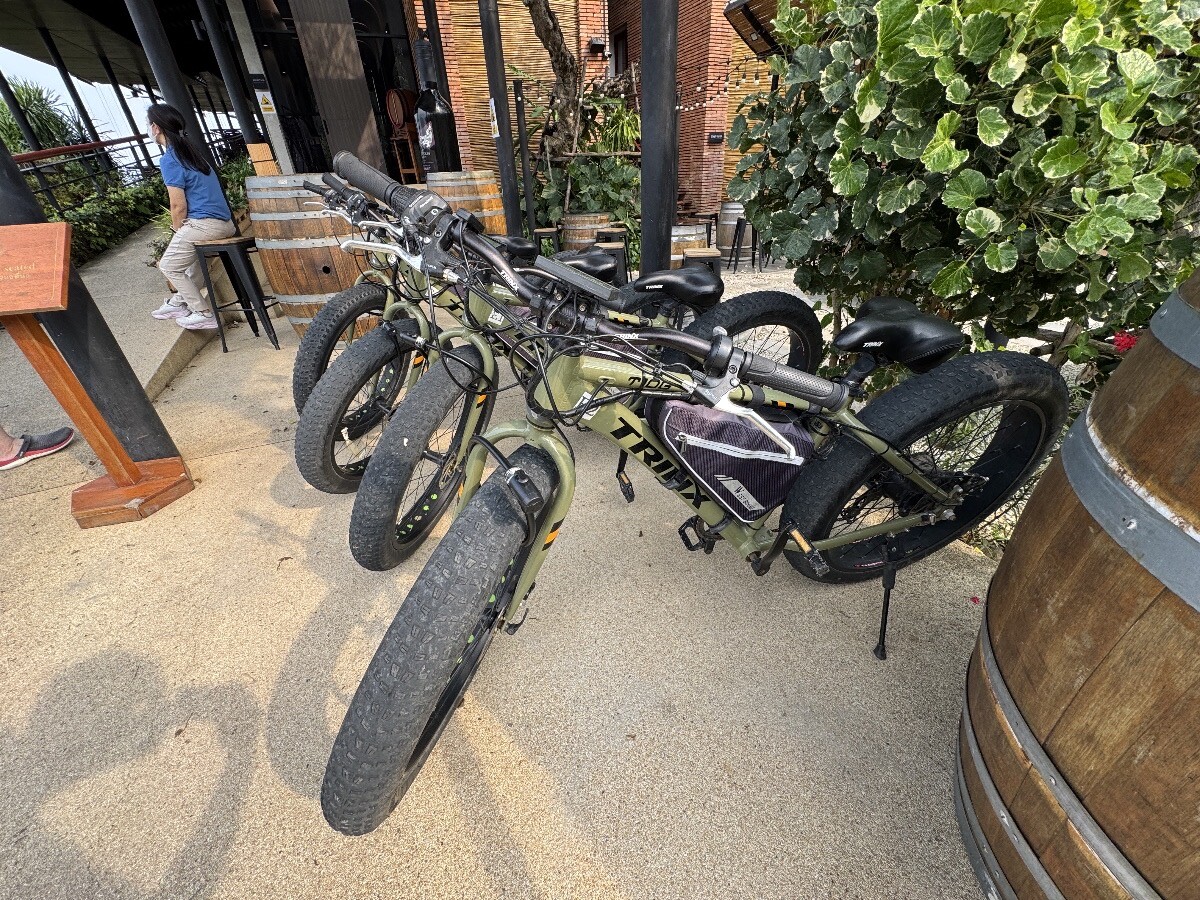
For those seeking a bit more adventure, Monsoon Valley Vineyard also offers mountain biking. They have designated trails, including a 3km trail for leisure cyclists and a 1km trail for more experienced riders. To make the journey even more enjoyable, electric bike options are available, allowing for easier travel through the vineyard. To keep the young ones entertained, Monsoon Valley also has a trampoline and a kids’ playground.
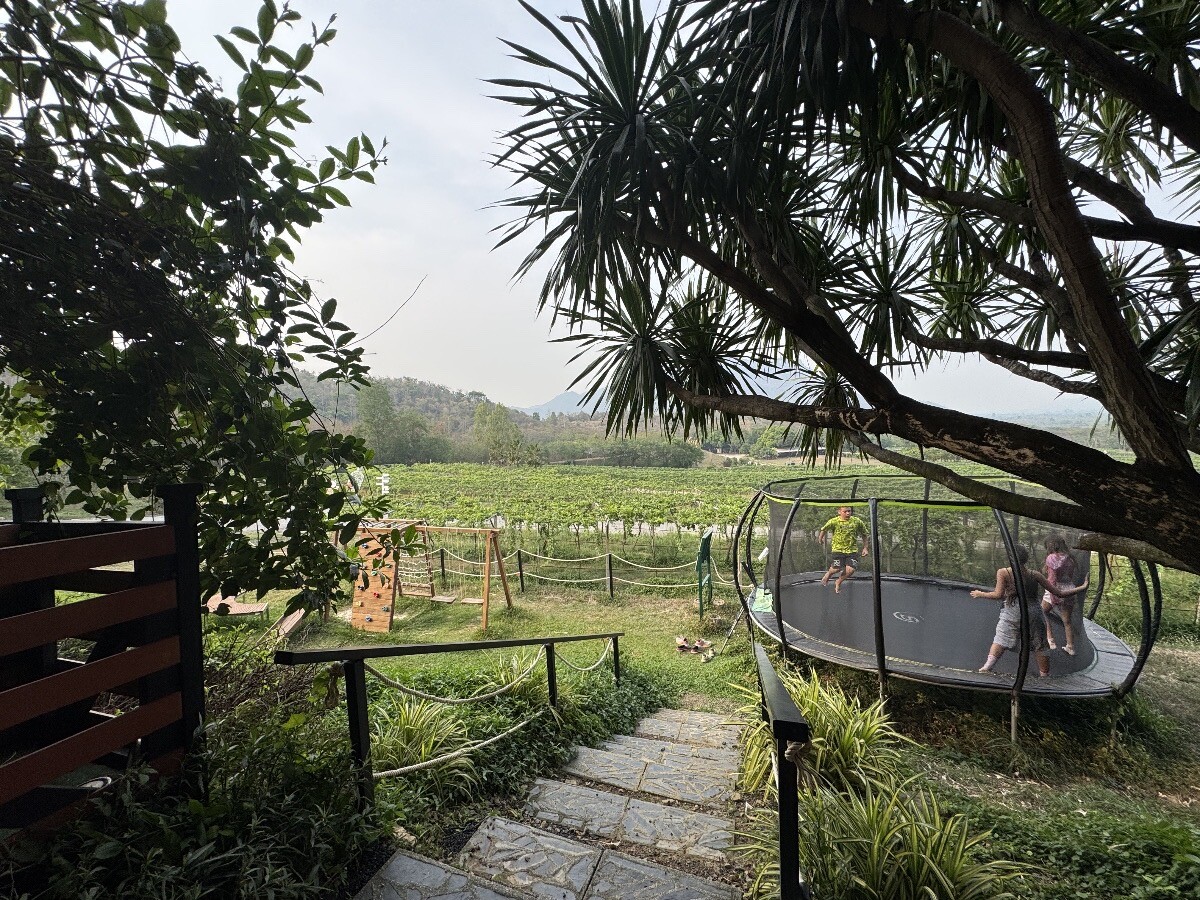
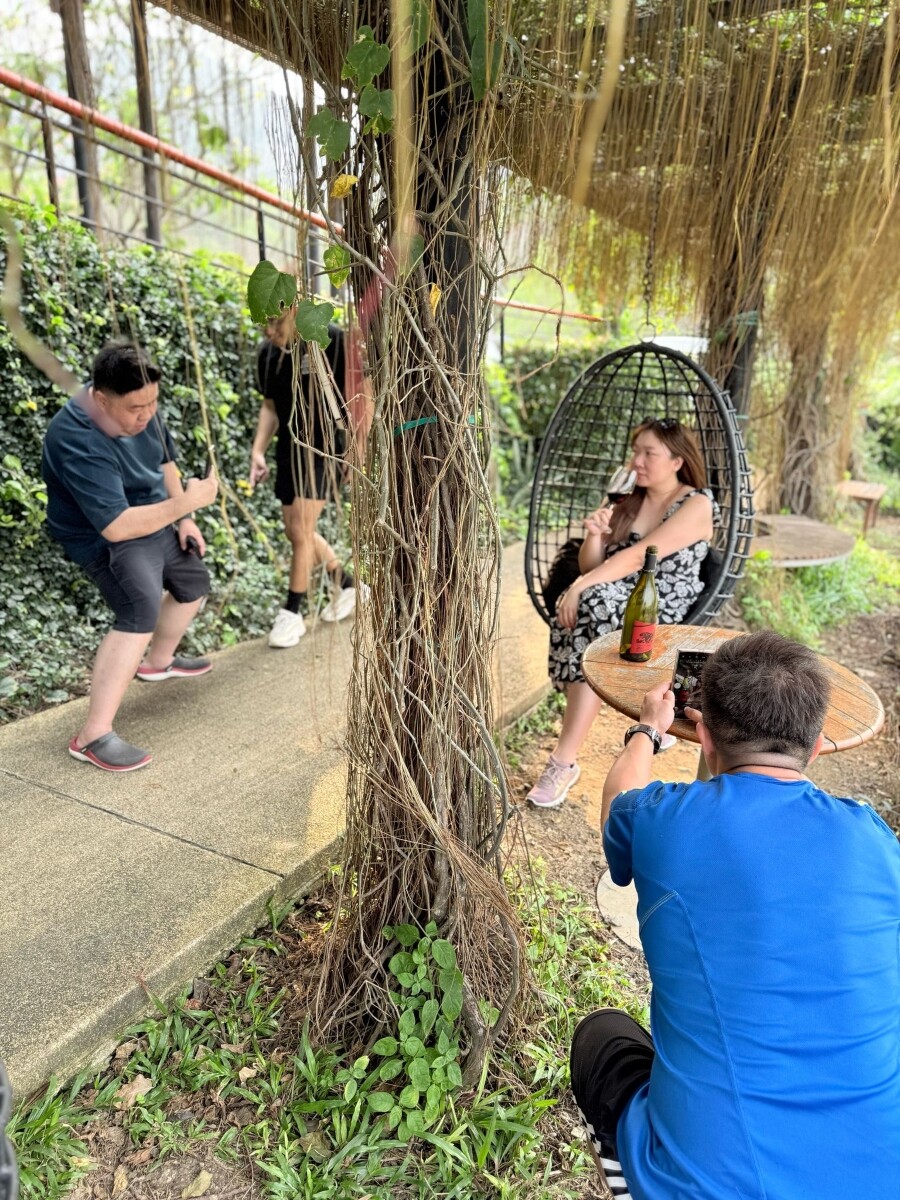
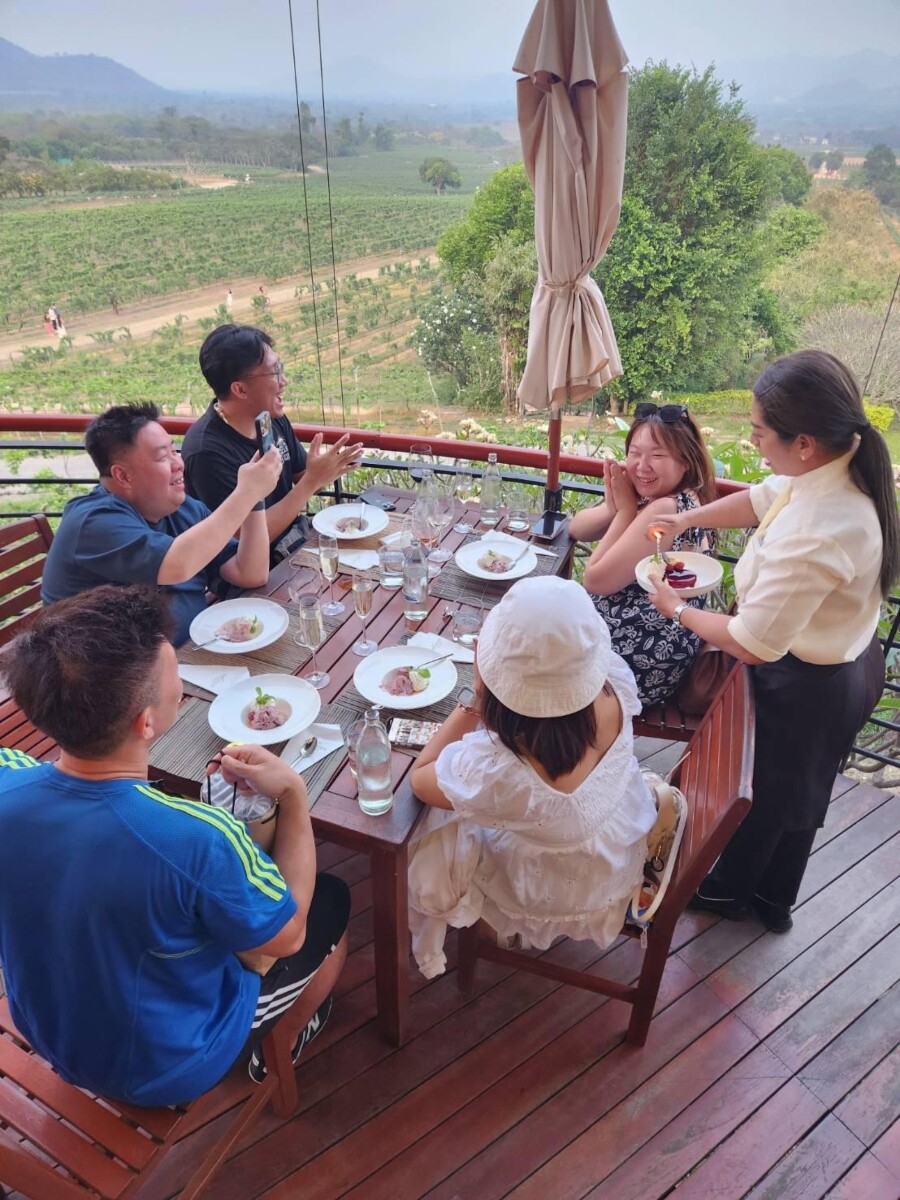
After dinner, we could not wait to check in at our resort, Anantara Hua Hin Resort, for a hot shower and a nice soft bed to retreat for the day.
Stay tuned for Day 4, where we will continue our journey and uncover more hidden gems of Amazing Thailand!



